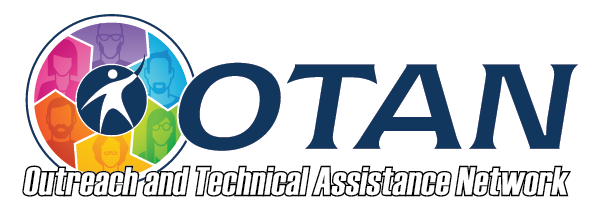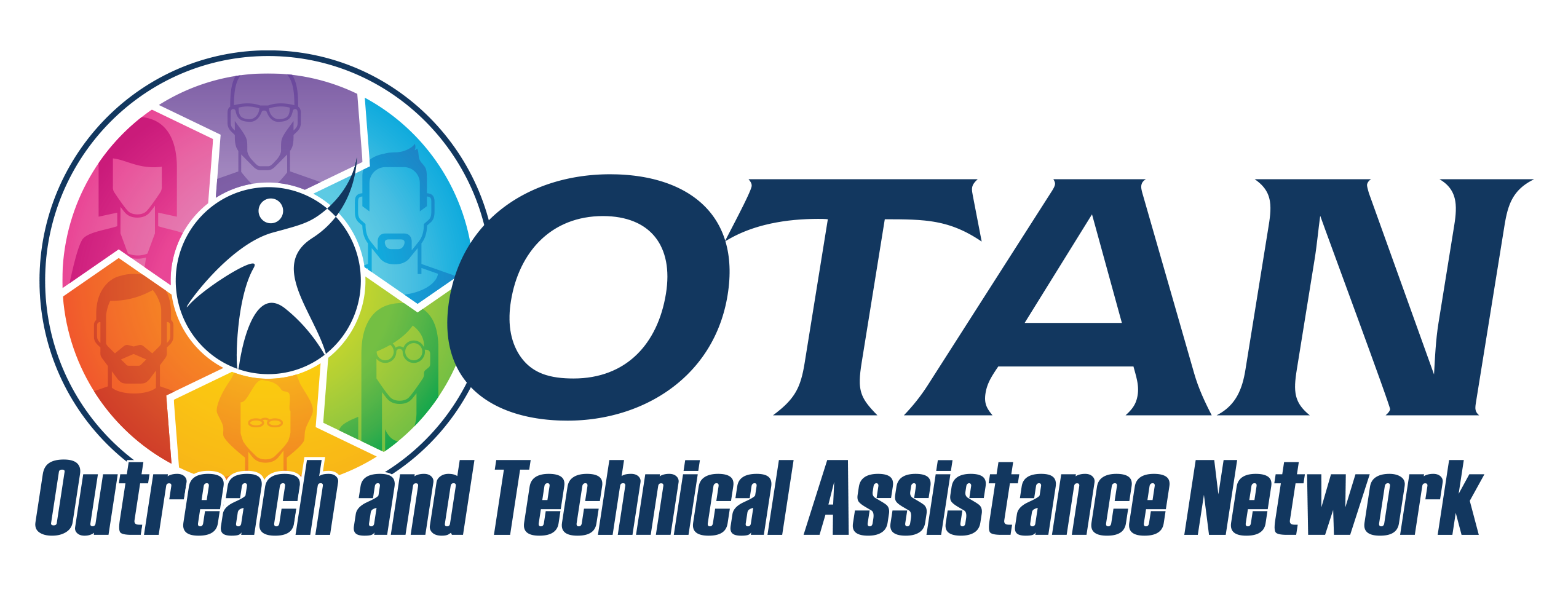Search
TV411: Utility Bill and Reading a Bar Graph
Details
Activity Description
This site has many activities which can be done independently by a student or in a class with a group of students. This will be a Basic Math activity. Students will watch the Utility Bill video, then they will do the online activity, Reading Charts and Graphs . Finally, students will work on online problems or worksheets from other sites..
The site also offers a wide variety of other topics in video format, many with worksheets or other resources to use. See the More Ways section below.
Preparation
- The video linked above comes from Vimeo which may be blocked at your school. So test the site to be sure the video will play at your school.
- Preview the video using the Example Web Site link (above) and the Reading Charts and Graphs online activity at the site. Set the volume appropriate for your classroom.
- There are some other online activities and printables on reading charts and graphs. You may want to try them and if you do, you will need to decide on a way to get your students to the online activities. See the Teacher Tips section for ideas.
- English Zone: Chart Reading Practice 1 , Chart Reading Practice 2 (online)
- Common Core Sheets : Traditional Bar Graphs, Stacked Bar Graphs, Charts (many printable worksheets)
How-To
- Introduce the topic of reading graphs.
- Play the video about Utility Bills for your students.
- Go over the Reading Charts and Graphs activity at the TV411 Web Site.
- Assign students working in pairs to go to the English Zone Web site. Have the students practice the activity online.
- Give students the printed worksheet you selected from Common Core Sheets site. Select the green button at the top of the left column, How to Use Worksheets , to learn about different ways to use the worksheets.
Teacher Tips
- Beware of the advertising sections on each page. Avoid them and teach your students to do like wise.
- Discuss math vocabulary with the class before watching the video. Show different types of graphs.
- To get students to an online resource, you can make it a Favorite or Bookmark the site on each computer browser, e-mail them the link, e-mail a word processing document with the link in it, or post the link on your class Web page.
More Ways
- The TV411 Web site has many other basic math and life skill activities including those on figuring area and Tiles, Budgets in Place, Carpenter Math, Estimating a Job and Tracking Weight Loss. Web lesson topics include Using a Calculator, Pricing a Job, Place Value, Line Graphs, How to Read a Bar Graph, and Comprehending Business Problems. To find these, select Math on the navigational bar near the top of the page. Videos are included as well as lessons and worksheets to download.
- If you are looking for reading, writing, vocabulary, basic science, and finance, the site offers a variety of other entertaining videos and other resources. Titles you may be interested in include:
- Reading: Summarizing, Poetry, Campaign Literature, Glossary, Leases, Road Map, Globe, Medicine Labels, Newspaper Headlines, Newspaper, Restating legalese
- Writing: Creative & Personal Writing, Grammar, Writing for Work & the GED
- Vocabulary: Words with Multiple Meanings, Using Dictionaries, Learning New Words, What is a Thesaurus?, Compound Words, Homonyms, Medical Words, Prefixes, Suffixes, Synonyms and Antonyms
- Basic Math in Everyday Life: Figuring Area, Budgets, Multiplication, Carpenter Math, Estimating a Painting Job, Computing Take Home Pay, Tracking Weight Loss, Utility Bills, Ratios in the Kitchen, Computing Averages, Comparing Cell Phone Plans, Math and Money Schemes, Travel Math, Unit Pricing, Football: Percentages, Decimals, and Probability, Basketball: Percentages and Fractions, Fractions and Rhythm, Store Discounts, Smart Shopping, Tipping, Basic Geometry in Origami, Baseball: Perimeter
- Science: Bacteria, Heat, Carbohydrates, Photosynthesis, Elements
Program Areas
- ABE: Adult Basic Education
- ESL: English as a Second Language
- ASE: High School Diploma
Levels
- Low
- Intermediate
- High
- Intermediate Low
- Intermediate High
- Advanced

